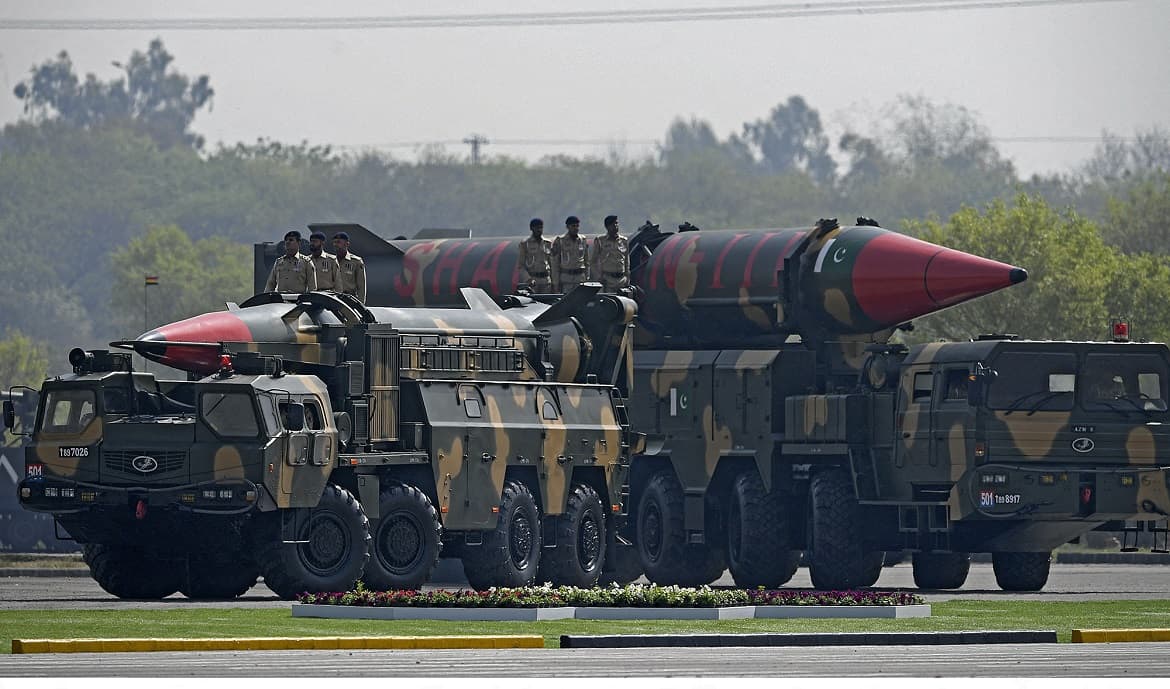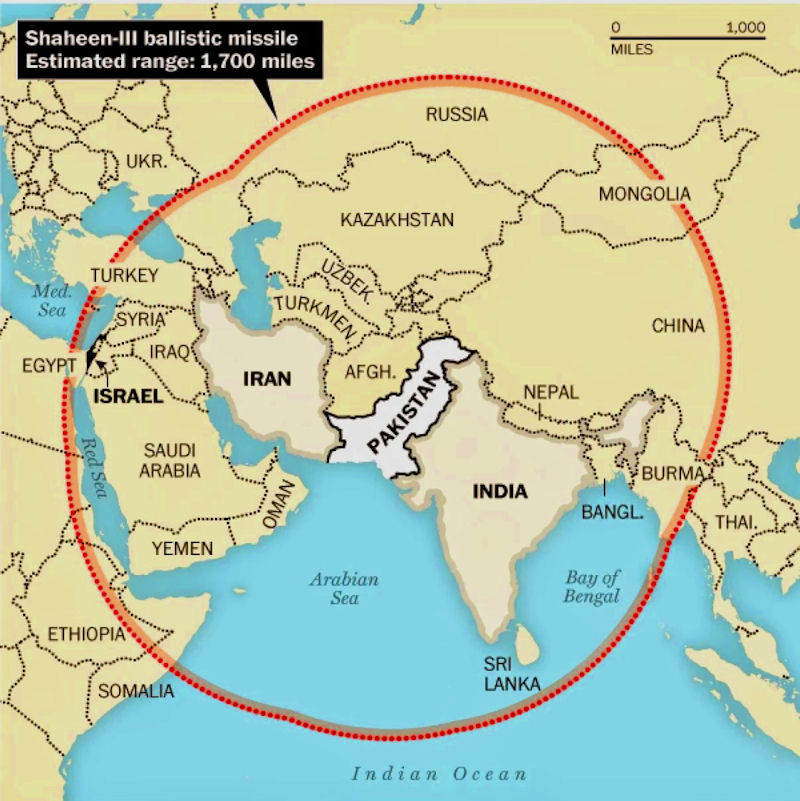High-ranking U.S. officials assert that Pakistan is allegedly working on developing long-range ballistic missiles capable of reaching various parts of the world, including America. As a preventive measure, sanctions have already been imposed on several Pakistani defense enterprises involved in the missile program.
In this situation, it is not only the paradox of the statement regarding the scale of the missile threat from Pakistan and the imposition of sanctions that surprises, but also the potential hidden motives behind such actions.

As detailed by Arms Control Association, during a speech on December 19, 2024, Deputy National Security Advisor John Feiner stated that "Pakistan is developing increasingly sophisticated missile technologies," and that "Pakistan's missile activities pose a growing threat to the United States."
Furthermore, during a briefing on January 3, 2025, unnamed U.S. officials provided an assessment that in just a few years or a couple of decades, Pakistan would be able to develop its long-range missiles.
Americans emphasize that before imposing sanctions on Pakistan, they offered their counterparts to establish an information exchange system, but the Pakistanis politely declined. Additionally, the U.S. has already imposed sanctions on certain entities in Belarus and China, which are also said to assist Pakistan in its missile program.

The first paradox in this situation is that the most powerful missile weapon currently is the Shaheen-III medium-range ballistic missile, with a maximum launch range estimated at 2,750 kilometers. There are claims that the Pakistani Shaheen-III has a separable warhead and serves as a carrier of nuclear weapons.
The second paradox is that, according to IISS, Pakistan's missile program relies somewhat less than fully on technologies from China. Therefore, it appears quite strange when the U.S. speaks of threats solely from prospective Pakistani missiles that are yet to be developed while seemingly overlooking the already existing factor of the Chinese threat.
Previously, Defense Express reported that in January 2024, Pakistan claimed to possess a hypersonic missile, and we analyzed whether this was true or just a trend chase.